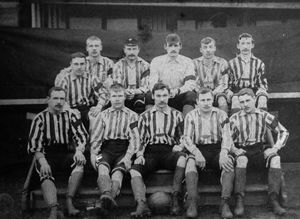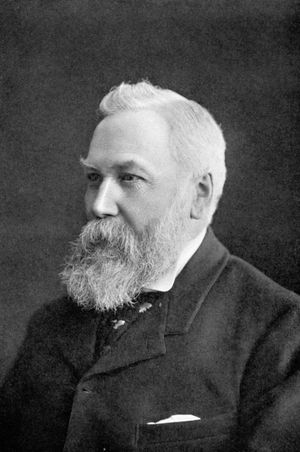How a butcher's gripe led to the birth of the Football League
To mark the Express & Star's 150th anniversary, Mark Andrews continues his decade-by-decade look through its history.

Frustrated by the cancellation of his football team's matches, a West Midland draper convened a meeting in March 1888 with the organisers of his rival clubs.
William McGregor, chairman of Aston Villa, could never have envisaged the impact this meeting would have on the game. His proposal, that a dozen clubs in the Midlands and North should form a formal league, with pre-agreed fixtures and a competitive scoring system, paved the way for game's transformation from an informal pastime for local church groups into a multi-billion global industry. The launch of this newspaper in 1874 coincided with the formation of the region's two oldest professional clubs – Aston Villa and Walsall Town – and football has been at the heart of the paper right from the start.
Wolves were formed three years later in 1877, followed by West Bromwich Albion in 1878, putting the West Midlands very much at the centre of the emerging new sport.

The first meeting involved representatives from Villa, Albion, Blackburn Rovers, Bolton Wanderers and Preston North End, but ultimately the embryonic league would also include Wolves, Stoke, Accrington Stanley, Burnley, Derby County, Everton and Notts County.
McGregor initially proposed the competition should be called the Association Football Union, but fellow members considered this too similar to the Rugby Football Union. The name Football League was proposed by Major William Sudell, who represented Preston, and was quickly agreed by the other members. The first season began on September 8, although the points system was not agreed until November. The format was that each of the 12 clubs would play each other twice, home and away, with a total of 22 games throughout the season. It was initially suggested that clubs should get a single point for a win, and nothing for a draw, but it was eventually decided that there would be two points for a win, and one point for a draw, a system that would remain in place until 1981. Goal average – goals scored divided by the number of goals conceded – would be used to separate teams that tied on points.





